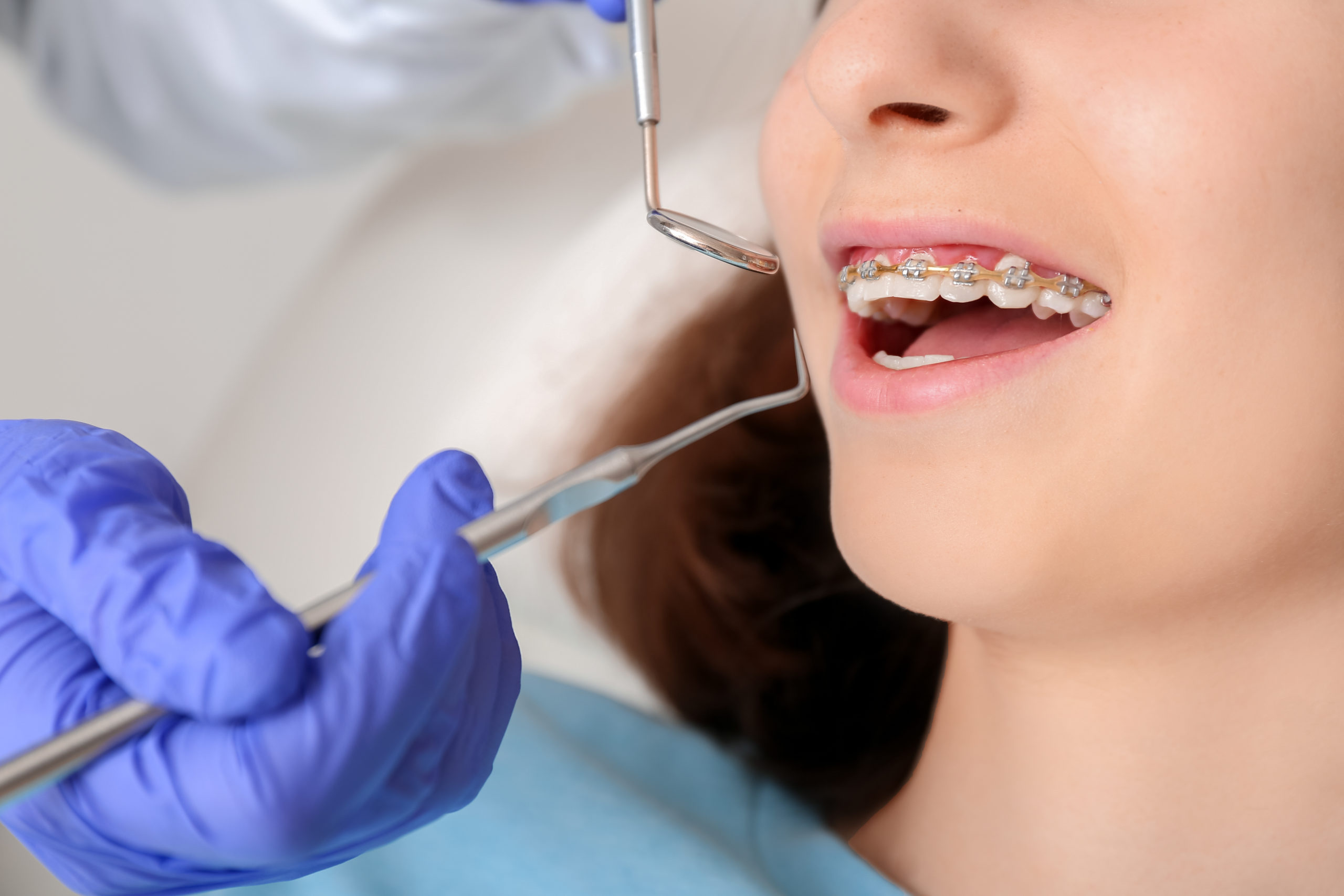How Cumming Orthodontics Addresses Common Braces and Invisalign Problems
How Cumming Orthodontics Addresses Common Braces and Invisalign Problems
Blog Article
Comprehensive Overview to Orthodontics Treatments for Dealing With Dental Misalignments
Recognizing the ins and outs of each treatment, including their mechanisms, advantages, and potential downsides, is important in making notified choices concerning one's orthodontic therapy. As we browse with the thorough guide to orthodontic procedures for dealing with oral misalignments, the complex information of each approach will unfold, losing light on the path toward a unified and practical oral placement.
Orthodontic Procedures Introduction

Regular adjustments and tracking are vital components of orthodontic treatment to make sure progress is on track and to make any needed alterations along the means. By undergoing orthodontic procedures, clients can not only accomplish a straighter smile however also improve their overall oral health and function.
Conventional Braces: Exactly How They Work
When thinking about orthodontic treatments for dental misalignments, typical dental braces stick out as a tried and true technique for correcting teeth placing. Conventional dental braces contain brackets, cords, and bands that interact to apply continual pressure on the teeth, progressively relocating them into the wanted positioning. The braces are affixed to the teeth utilizing an unique adhesive, and the cords are threaded via the brackets. By readjusting the stress of the cables, orthodontists can control the instructions and force used to each tooth, directing them into proper alignment gradually.
As pressure is used to the teeth with the braces, the bone bordering the teeth is reshaped to support the new tooth placements. People will certainly require normal changes at the orthodontist's workplace to ensure the braces continue to apply the appropriate pressure for efficient teeth motion.
Unseen Aligners: Benefits And Drawbacks
Unseen aligners supply a practical and discreet alternative to standard braces for fixing dental misalignments. These clear, tailor-made trays are practically undetectable when put on, making them an attractive choice for individuals seeking a much more visually pleasing orthodontic therapy. One of the primary benefits of unseen aligners is their removability, permitting for less complicated upkeep of oral health contrasted to typical dental braces. Clients can remove the aligners before eating or cleaning their teeth, minimizing the risk of food getting stuck in the device and simplifying the cleaning procedure.

Surgical Orthodontic Options
Surgical interventions in orthodontics present practical alternatives for addressing complicated oral imbalances that might not be successfully resolved through conventional orthodontic therapies. While traditional braces and unnoticeable aligners can correct many orthodontic concerns, particular instances call for surgical intervention to achieve optimum outcomes. Surgical orthodontic options are generally suggested for extreme malocclusions, considerable jaw discrepancies, and instances where the underlying bone structure needs adjustment to attain appropriate placement.
One usual surgical orthodontic treatment is orthognathic surgical procedure, which includes rearranging the jaws to fix functional issues such as difficulty speaking or eating. This surgical procedure is typically done in collaboration with an orthodontist who helps align the teeth before and after the treatment. Surgical orthodontics may additionally involve treatments to expose influenced teeth, remove excess periodontal tissue, or reshape the jawbone to develop a much more unified facial account.
Prior to thinking about medical orthodontic options, people undergo a thorough assessment to establish the requirement and prospective advantages of such interventions. orthodontics. While surgical treatment might seem complicated, it can considerably enhance both the feature and aesthetic appeals of the smile in instances where conventional orthodontic treatments fail
Retainers and Post-Treatment Treatment

Post-treatment treatment entails following the orthodontist's instructions carefully. This might include proper oral hygiene methods, going to follow-up appointments, and wearing the retainers as suggested. Failing to abide by post-treatment treatment directions can result in relapse, where the teeth gradually move back towards their original positions. Consistent retainer wear, good oral hygiene, and normal oral exams are important for preserving the results achieved through orthodontic surgery and guaranteeing the long-lasting stability of the corrected dental alignment.
Final Thought
In final thought, orthodontic procedures offer different choices for correcting oral misalignments. Surgical orthodontic options are available for more extreme misalignments. Overall, orthodontic procedures can properly boost oral health and wellness and aesthetic look.
As we browse with the detailed guide to orthodontic procedures for remedying oral misalignments, the elaborate information of each technique will unfold, losing light on the course toward a functional and harmonious dental placement. - orthodontist
One of the most common orthodontic therapies is the use of dental braces, which are composed of steel braces and wires that use mild stress to gradually shift teeth right into the wanted position.When taking into consideration orthodontic treatments for dental imbalances, standard dental braces stand out as a time-tested technique for remedying teeth placing. In addition, invisible aligners may not be suitable for complicated orthodontic problems that need more considerable teeth motion, as they are normally advised for moderate to modest cases. Retainers are tailor-made orthodontic gadgets designed to you can find out more hold teeth in their corrected positions after the conclusion of orthodontic treatment.
Report this page